ABR receives a commission on items purchased through this link. All ABR reviews are fully independent.
Telling it slant
In his introduction to The Letters of Emily Dickinson (1958), Thomas H. Johnson asserted that Dickinson ‘did not live in history and held no view of it, past or current’ and that her ‘rejection of society … shows itself to have been total, not only physically but psychically’. This paternalistic miscasting of Dickinson as the fey ‘Myth’ of Amherst, clad in her snow-white dress, began in the poet’s own lifetime (1830-86) and persisted well into the twentieth century. Ironically, Dickinson was aware of her inadvertent mystique, writing to her cousin, ‘Won’t you tell “the public” that at present I wear a brown dress with a cape if possible browner, and carry a parasol of the same!’
Continue reading for only $10 per month. Subscribe and gain full access to Australian Book Review. Already a subscriber? Sign in. If you need assistance, feel free to contact us.
The Letters of Emily Dickinson
by Cristanne Miller and Domhnall Mitchell
Harvard University Press, US$49.95 hb, 965 pp
ABR receives a commission on items purchased through this link. All ABR reviews are fully independent.
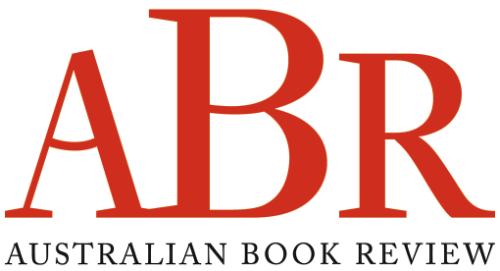


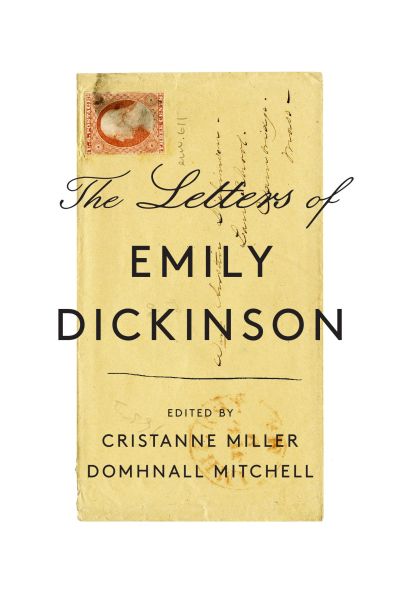
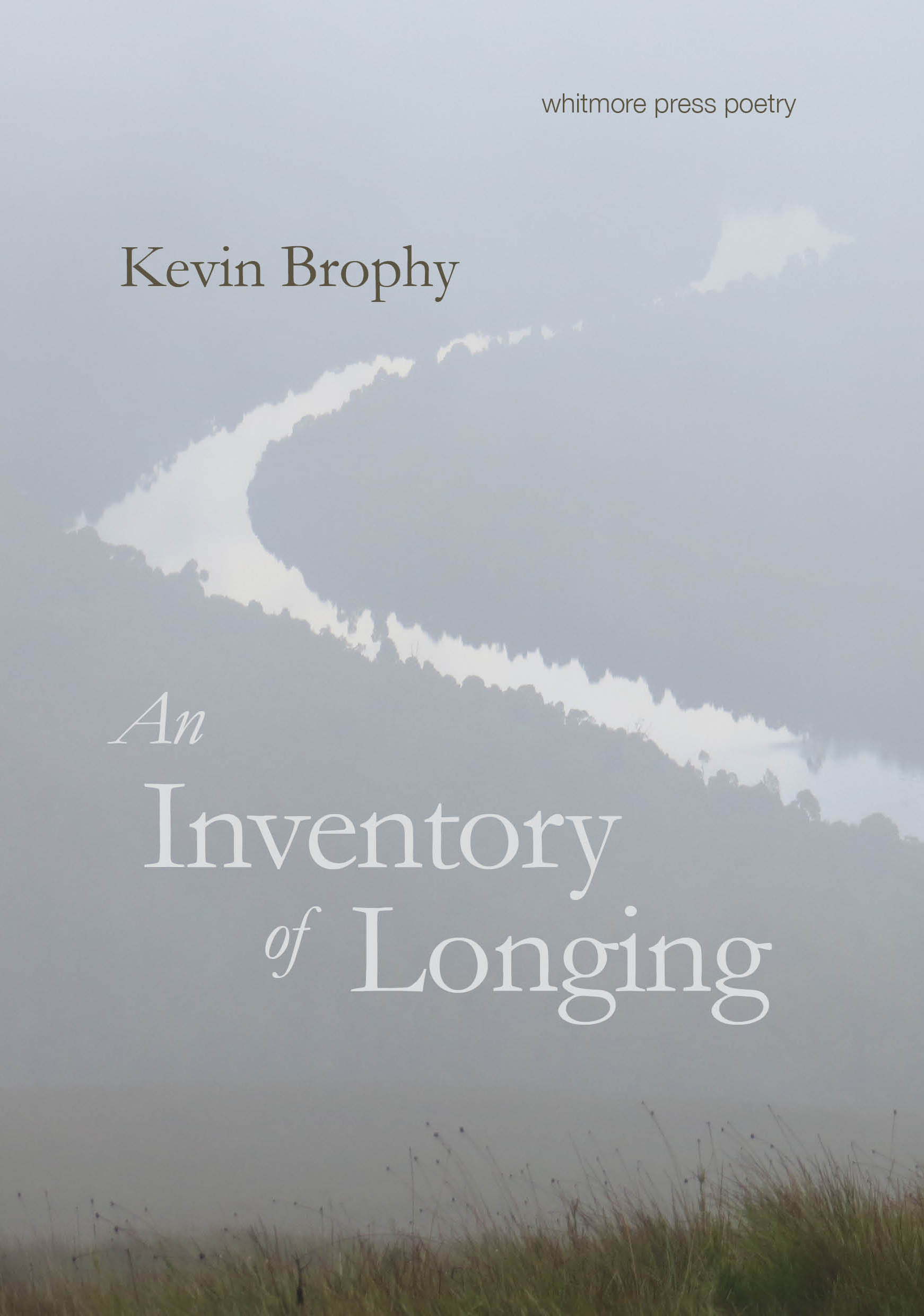

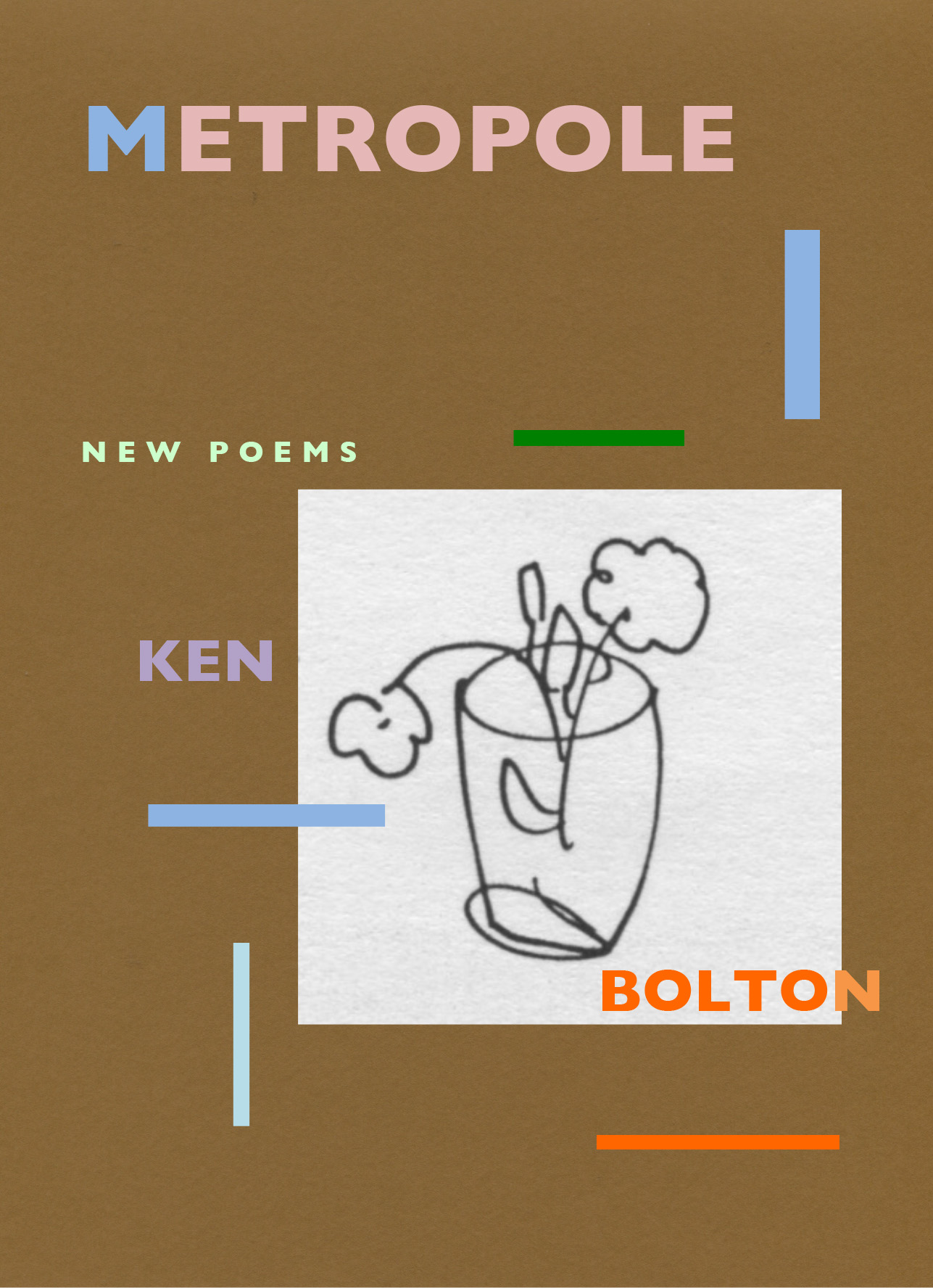

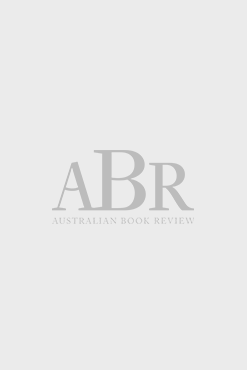

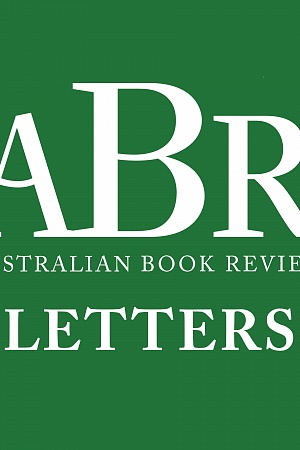

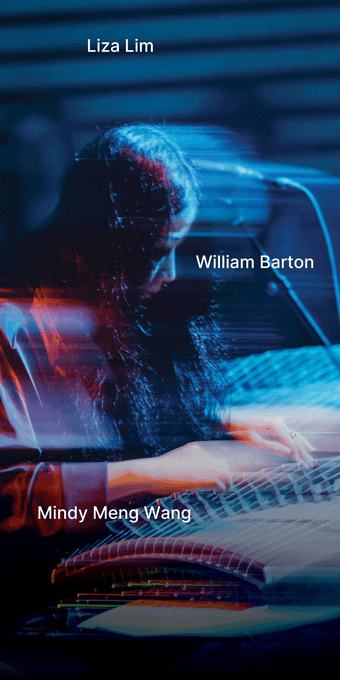

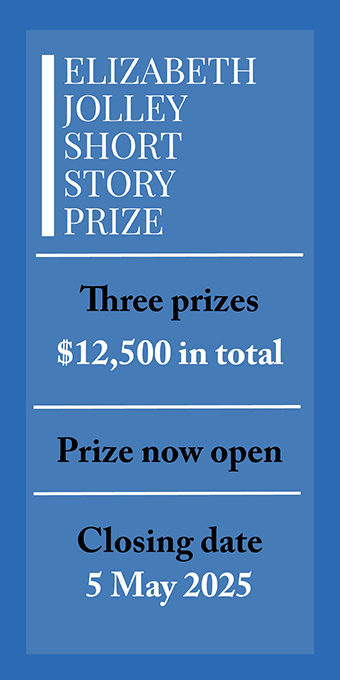
Leave a comment
If you are an ABR subscriber, you will need to sign in to post a comment.
If you have forgotten your sign in details, or if you receive an error message when trying to submit your comment, please email your comment (and the name of the article to which it relates) to ABR Comments. We will review your comment and, subject to approval, we will post it under your name.
Please note that all comments must be approved by ABR and comply with our Terms & Conditions.